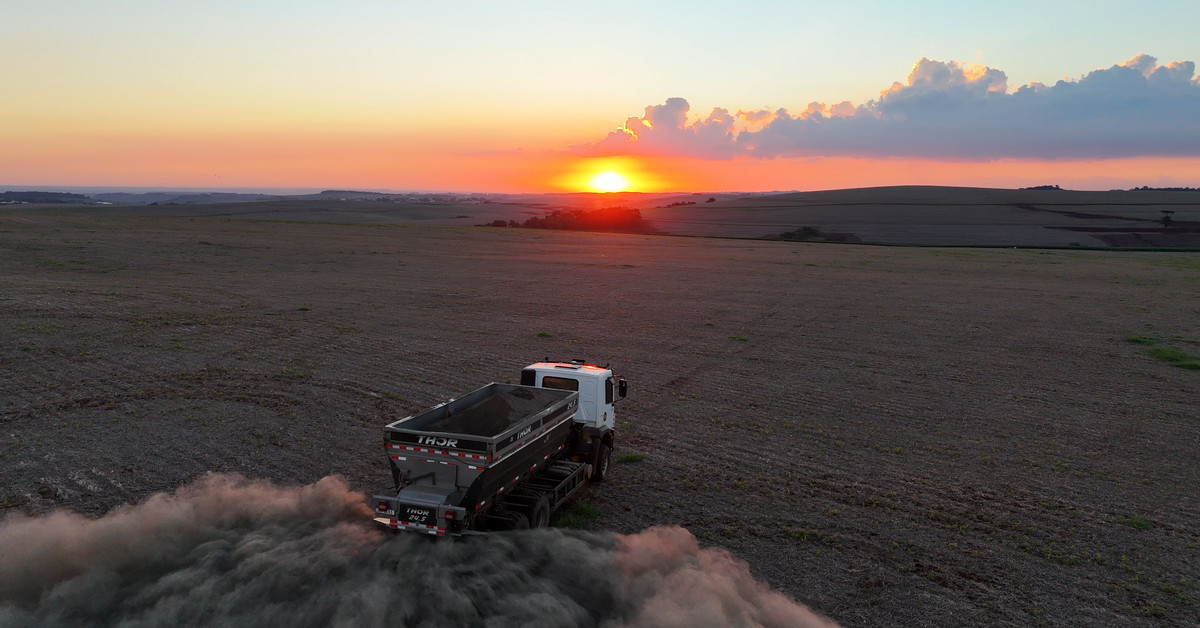The Tech Companies Spent Millions on to Save the Planet? It’s Just Rocks.
Carbon Removal Through Enhanced Rock Weathering: Google and Terradot Partner for a Climate Solution
In an effort to mitigate the devastating impact of pollution on the climate, major companies like Google have turned to innovative solutions. Recently, Google and other prominent corporations partnered with a startup called Terradot to use enhanced rock weathering (ERW) as a strategy to trap carbon dioxide using rocks. This multimillion-dollar deal aims to remove 90,000 tons of CO2 from the atmosphere, setting a precedent for companies seeking to counteract their pollution.
A Gaggle of Companies Backs Terradot
The agreement between Terradot and Google, along with other companies like H&M Group and Salesforce, collectively allocated $27 million to support Terradot in removing 90,000 tons of carbon dioxide from the atmosphere. This ambitious plan was brokered by Frontier, a carbon removal initiative led by Stripe, Google, Shopify, and McKinsey Sustainability.
In addition to this partnership, Google also announced its own deal with Terradot for an additional 200,000 tons of carbon removal. Although the exact cost of this agreement is not disclosed, estimates suggest that it could be worth around $60 million if priced similarly to the Frontier deal, which values carbon removal at approximately $300 per ton.
A Low-Tech Tactic with Significant Backing
Google’s purchase represents the largest ERW deal to date, showcasing the potential of this relatively low-tech strategy in tackling climate change. Enhanced rock weathering leverages a natural process that can take thousands of years to occur naturally, where rainfall breaks down rocks, releasing calcium and magnesium, and triggering a chemical reaction that traps CO2 in water as bicarbonate.
Terradot’s Innovative Approach
Founded by James Kanoff, Scott Fendorf, and Sasankh Munukutla, Terradot grew out of research conducted at Stanford University. The startup has developed an innovative approach to ERW by partnering with farmers in Brazil to use finely ground basalt rock from quarries in southern Brazil. This rock is not only effective in trapping CO2 but also helps manage soil pH, providing a dual benefit for the environment and agriculture.
Measuring Success: A Challenging Task
One of the significant challenges Terradot faces is measuring the effectiveness of their approach in removing CO2 from the atmosphere. Google acknowledges this challenge in its announcement, stating that it’s difficult to accurately measure the amount of CO2 removed through ERW without deploying the technology widely.
Terradot plans to use soil sampling to assess how much CO2 is captured based on rock degradation over time. However, determining how much calcium, magnesium, and bicarbonate makes it to the ocean to permanently sequester CO2 remains uncertain due to factors like fertilizer usage in the soil, which can potentially limit carbon capture.
Jagoutz: Embracing Uncertainty for a Climate Solution
Dr. Hans-Joachim Jagoutz, a geologist at Harvard University, emphasizes that while uncertainty surrounding ERW’s effectiveness is valid, it should not prevent further research and deployment in the real world. He believes that trying out this approach is crucial given the urgency of addressing climate change.
Google’s Commitment to Carbon Removal
This partnership highlights Google’s commitment to reducing its carbon footprint, which has grown significantly as the company expands its energy-hungry AI data centers. Despite acknowledging that carbon removal is not a substitute for emissions reductions, Google sees it as an essential tool in their transition to clean energy.
To achieve this goal, Google plans to develop advanced nuclear reactors and new solar and wind farms to power its data centers with carbon pollution-free electricity. However, even the largest ERW deal signed by Google amounts to only 200,000 tons of carbon removal, which is a small fraction of the company’s annual CO2 emissions.
A Necessary but Incomplete Solution
Kanoff emphasizes that carbon removal and emissions reductions are two interconnected tools needed to combat climate change. Terradot partners with companies that have aggressive emission reduction strategies in place, recognizing that both approaches are necessary for effective climate action.
As Google continues to explore innovative solutions for a sustainable future, the partnership with Terradot serves as a significant step towards mitigating the devastating impact of pollution on our planet.



